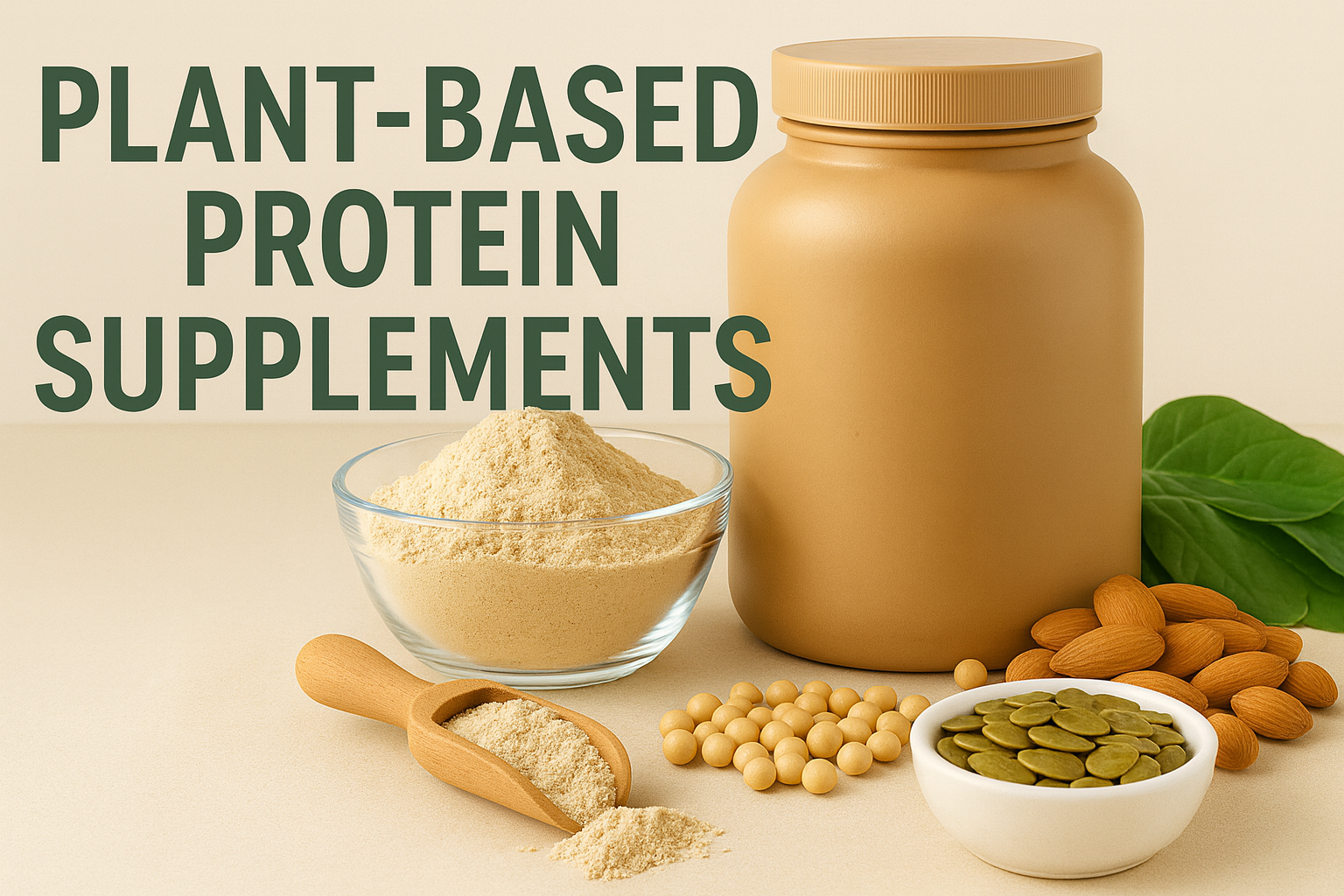Protein is an essential part of our nutrition and the main component of our skin, muscles, and organs. Our body requires it to make antibodies (that fight infections), to regulate blood sugar, and as a source of energy.
Protein is made up of 20 amino acids, of which 9 are essential. The body cannot make them, and they must be obtained from the diet. For an average person, a daily dose of around 0.8-1g of protein per kg of body weight is sufficient. For weightlifters and strength athletes, it is 1.4 – 2g per day.
The global nutrition landscape is being redefined by a shift in how consumers look at protein supplements. The plant-based segment has become a core pillar of mainstream nutrition strategy. From fitness enthusiasts to busy professionals, people today view protein as a daily necessity for energy and immunity.
This shift has opened new commercial frontiers in the plant based protein supplements market. This opportunity spans sports nutrition, functional foods, ready-to-drink beverages, and even quick-service restaurant menus. Giants like ADM and Bunge are expanding soy protein production, while retail chains like McDonald’s India are introducing plant-protein fortified menu items.
Raw Materials That Matter: Top Sources of Plant Protein
The global plant based protein supplements market stood at $2,839.7 million in 2024, and the soy segment accounted for a 30.5% revenue share on the basis of raw materials. Soy offers one of the best cost-to-protein ratios, amenable functional properties (texturization, emulsification), and a complete amino-acid profile when processed to concentrates or isolates. It also offers very good digestibility.
Recent activities show ingredient players expanding supply and launching improved concentrates to serve the growing plant-based and supplement demand. In May 2025, Bunge introduced a new line of soy protein concentrates positioned for improved taste, neutral color, and cost-effectiveness for food manufacturers. Later in August, ADM also strengthened its global soy protein production network, which signals that soy remains the backbone for high-volume, low-cost formulations and for products where a complete protein and smooth mouthfeel are required.
Pumpkin seeds are another major raw material in the vegan protein supplements market. Naturally rich in Magnesium, Zinc, and unsaturated fats, pumpkin seeds are perceived as “clean” and less allergenic than soy or dairy. According to the National Center for Biotechnology Information, a 32g serving contains approximately 10g protein, 190mg Magnesium, 260mg Potassium, 2.5mg Zinc, and 3.0mg Iron.
Several reports and trade-show coverage exhibit rising interest in pumpkin seed protein across functional foods and product prototypes. Suppliers now highlight “pumpkin seed” in branded solutions such as branded pumpkin seed ingredients and prototypes. In June 2025, Laird Superfood, for example, launched Protein Instant Latte that uses a proprietary blend including pumpkin seed protein alongside pea and hemp.
Applications of Vegan Protein: Where is Commercial Demand Concentrated?
If we talk about applications, functional foods dominated the vegetarian protein supplements market with a revenue share of 52.2% in 2024. This segment is driven by the rising demand for nutrition-packed daily products.
Plant proteins are moving into mainstream foods such as snacks, bakery, coffee formats, and fast-food add-ons. In July 2025, McDonald’s India introduced a plant-based Protein Slice to add 5g of protein to burgers. This is the example of a mainstream fast-food operator leveraging plant protein to raise on-tray protein claims and a high-visibility commercial adoption signal for ingredient suppliers and co-packers.
On the other hand, the sports nutrition segment is expected to grow at the fastest CAGR from 2025 to 2033 due to the rising fitness culture and active lifestyle trends. Athletes and active consumers still drive much of the demand for protein powders, RTD shakes, and bars. Brands and ingredient houses are formulating plant-based sports products with multi-source blends to reach complete amino-acid profiles and to match sensory expectations.
The Bottom Line
The plant-based protein supplements market has entered its maturity phase. A phase where science and branding intersect. For brands, the future lies in hybrid innovation of blending multiple plant proteins for sensory excellence and embedding them into foods people already love. The fact that fast-food giants, ingredient majors, and beverage startups are all moving in the same direction says it all.














